
The verus mining algorithm is a fairly distributed mining algorithm for a diverse group of hardware classes. This algorithm allows both staking and mining verus across multiple hardware classes. Unlike bitcoin mining verus with a CPU is highly profitable.
The proof of power algorithm fairly incentivizes both miners and stakeholders. Verus eliminates the problem faced by retail miners. When working with bitcoin, miners are expected to have really high-end computing power. You can call verus a communist coin but the goal literally is to keep verus a CPU mineable cryptocurrency for all. Users love it.
Mining and staking are an integral part of the verus network economy. This helps in making the verus network more secure and profitable. Individuals can do solo mine verus simply through the verus desktop application. To mine verus on a larger scale, users can run a CLI-based software specifically for mining.
Staking is an integral part of any network economy/incentivized blockchain. In verus staking ensures the network to generate new blocks and help the validation of transaction in the network. This also ensures price stability and movements. A surge in buy or sell orders can fluctuate the prices of a coin, this can be a negative factor in some cases.
Let's take a look at how to stake verus using the verus desktop wallet.
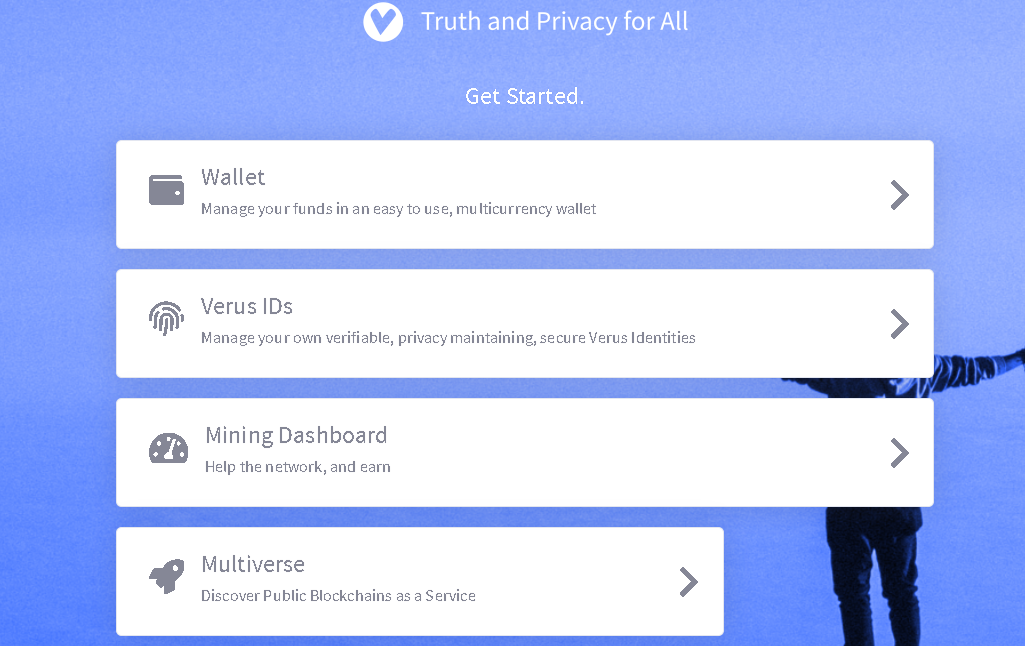
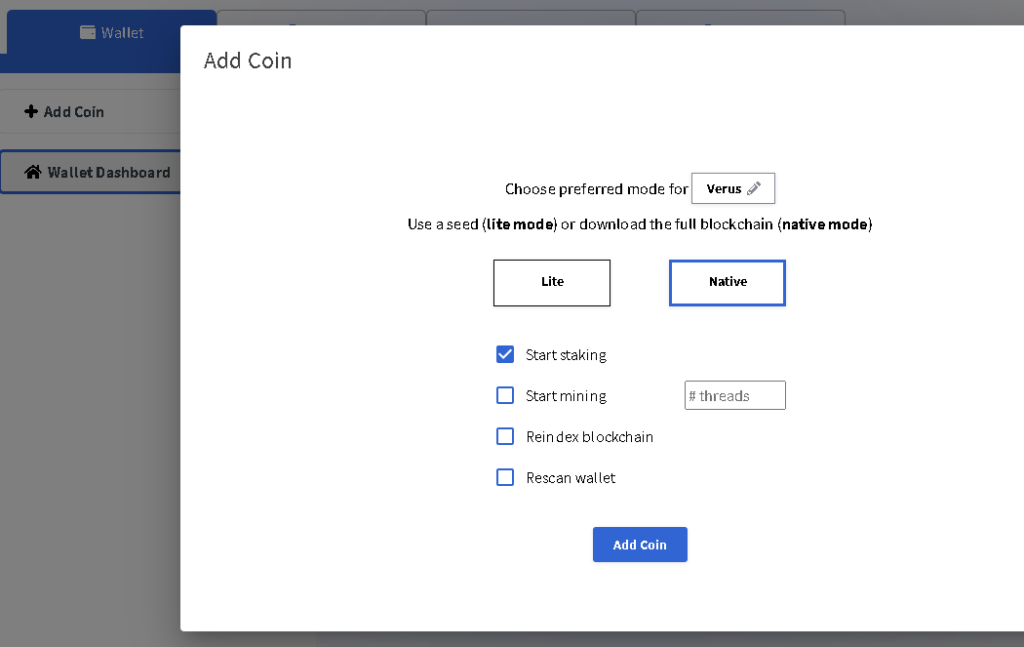


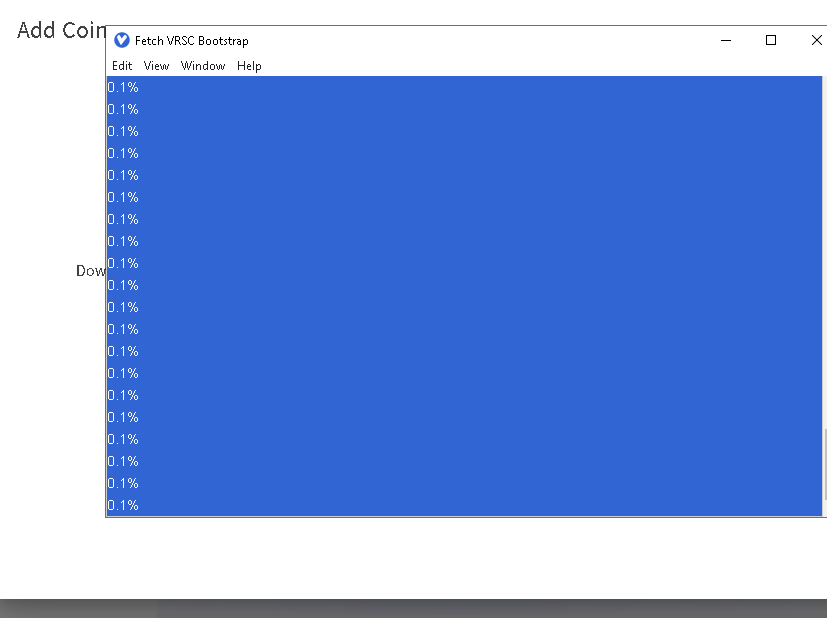
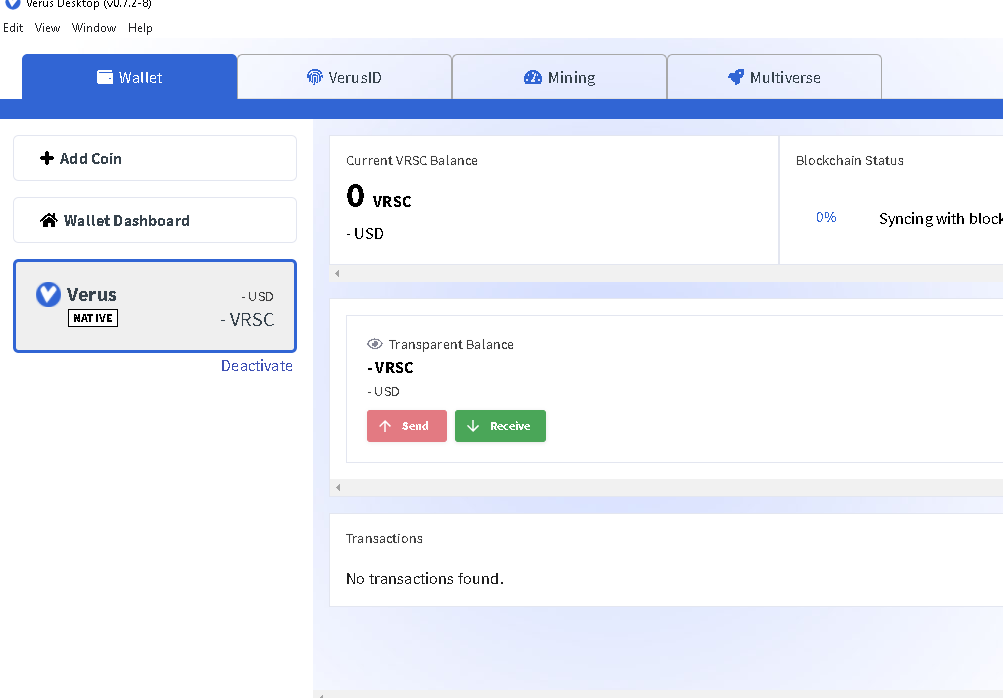
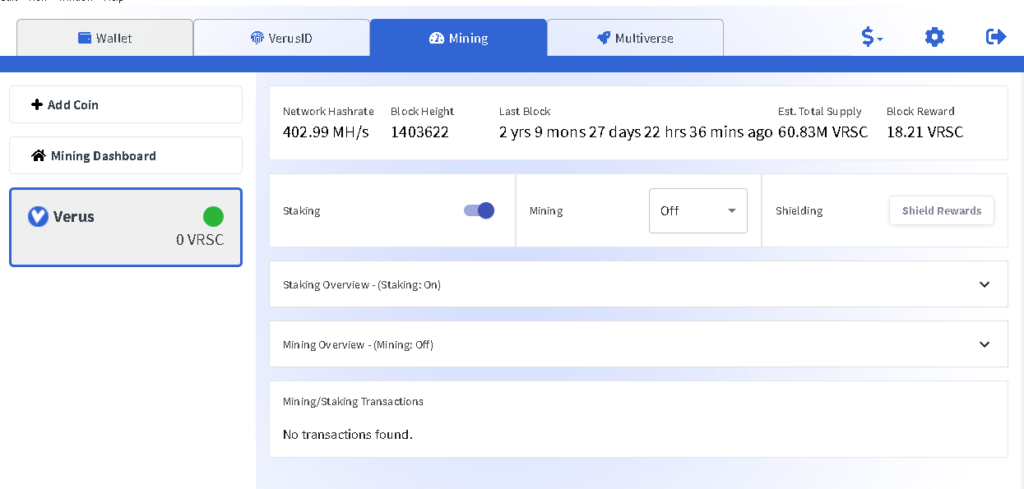
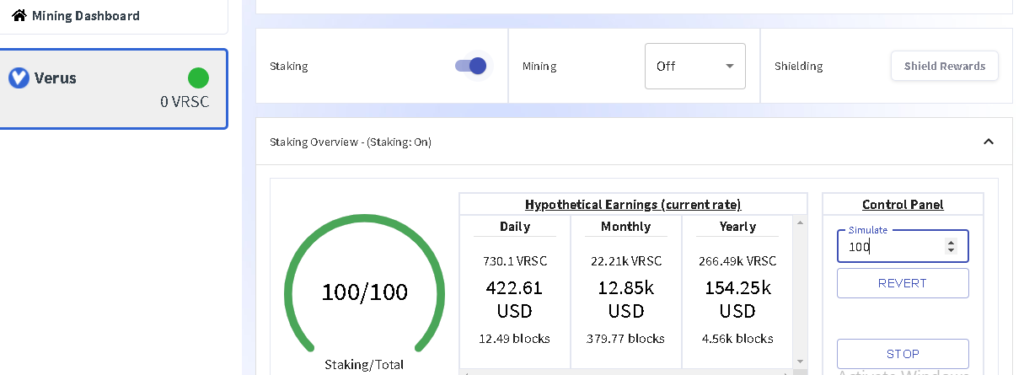
Mining verus is also the same as staking. To mine verus, you have to keep your machine alive and allow the number of threads you want to utilize for the mining process. Threads are the number of cores in a processor. Mining results are highly dependant on the number of threads used by verus.
You can also join a list of mining pools to combine your computational resources with hundreds of others to get a successful block reward. Verus has also got a community pool, another popular pool is luckpool.
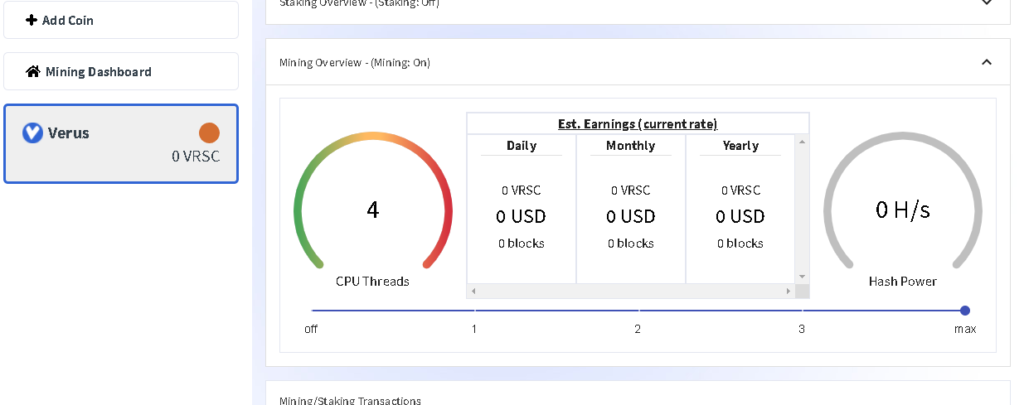
Whether you are staking or mining, you have to keep your machine alive and running. This is a significant part of the staking process for any cryptocurrency. This is necessary because users stake directly from their wallets, instead of sending their coins to any DEFI platform. For verus staking is a part of the general consensus.
Native mode downloads block data and is generally used for mining which allows Verus to use your CPU or GPU threads to mine coins. However, the lite mode can be used for general storing and transaction capabilities. Native mode downloads and synchronizes block data to create a better connection of your machine with the blockchain. It allows verus to do more than just storing, sending, or receiving.
You can also use 3rd party mining software. These applications are best known as CLI (Command line interface) and are fairly more complex to use.
A verus address is obvious and must to have and can be created using verus desktop wallet.
